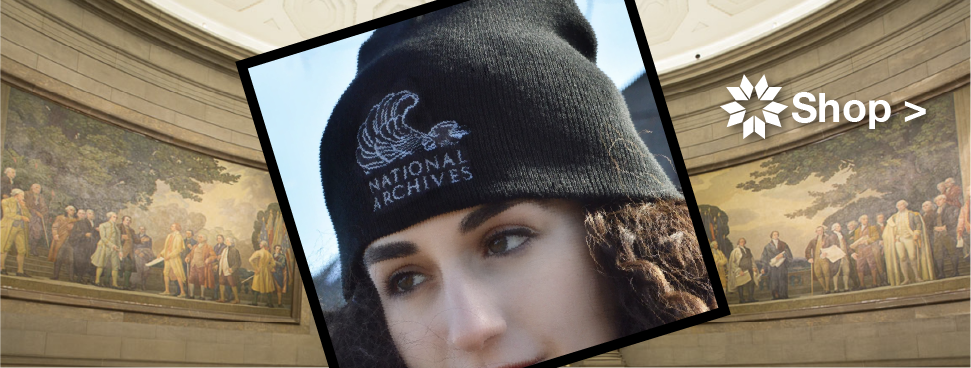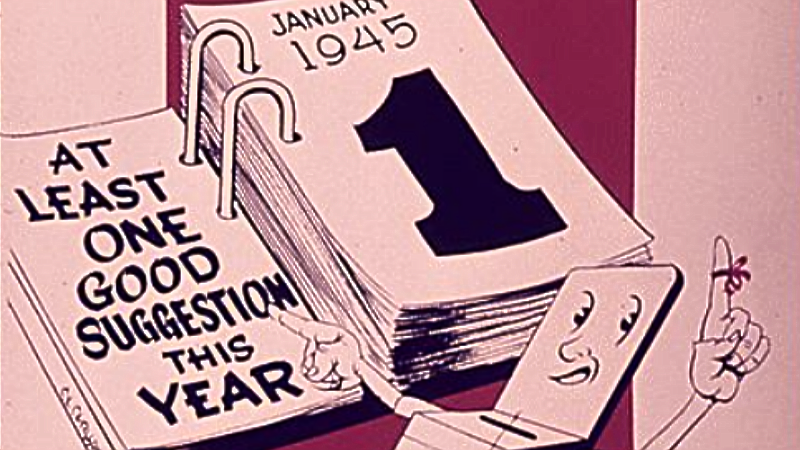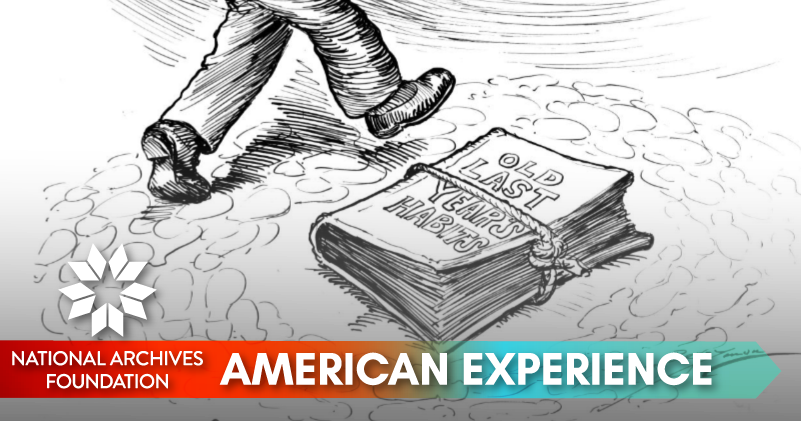Archives Experience Newsletter - January 11, 2022
A Fresh Start
We’ve just flipped our calendars to 2022 – a new year with a blank page in our history book to write itself. While we don’t yet know what’s in store, January is always a good time to reflect, reset, and make a fresh start.
The practice of making resolutions for the new year dates back thousands of years. From the first recorded resolutions in ancient Babylon to your list last week, humanity has always looked for a way to mark the passage of time and begin anew. This week, we dug into the Archives to revisit the past resolutions of some notable figures in American history. Did they stick to their plans? Is some of their work and our work as a nation still left undone?
Speaking of fresh starts, our team behind American Experience has some exciting updates. This week, we’re unveiling a new, more interactive newsletter layout that serves as a portal to the Archives holdings. Make sure you stay tuned for additional American Experience updates.
Happy new year, and happy reading!

Patrick Madden
Executive Director
National Archives Foundation
“Face Off”
The John F. Kennedy Presidential Library and Museum, an affiliate of the National Archives, is the repository of the recordings of Edward M. “Ted” Kennedy’s radio show “Face Off,” which aired on the Mutual Broadcasting System. The series includes more than 1,900 two-minute recordings that were broadcast each weekday from May 1986 to September 1993. Two senators, one Republican and one Democrat, each had one minute to debate a political issue. Senator Kennedy first sparred with Senate Republican Leader Robert Dole of Kansas until November 1987, when Dole left to run for president. Senator Alan K. Simpson of Wyoming, the Republican Whip, then stepped in to debate Senator Kennedy.
On Friday, January 1, 1992, Kennedy and Simpson each suggested political New Year’s resolutions that the other should adopt. The radio clip offers a glimpse into how little the political landscape has changed in the past thirty years.
Do any of these resolutions sound familiar?
Read more about these “Face Offs”
from the John F. Kennedy Presidential Library
Reagan’s Resolve
On New Year’s Eve in 1988, less than three weeks before George H. W. Bush was sworn in as President of the United States, outgoing President Ronald Reagan addressed the nation on the radio, as was his weekly custom. He acknowledged that the prospect of a change of leadership might cause people to experience “the jitters because they try to imagine what the future will bring and find it a little confusing.”
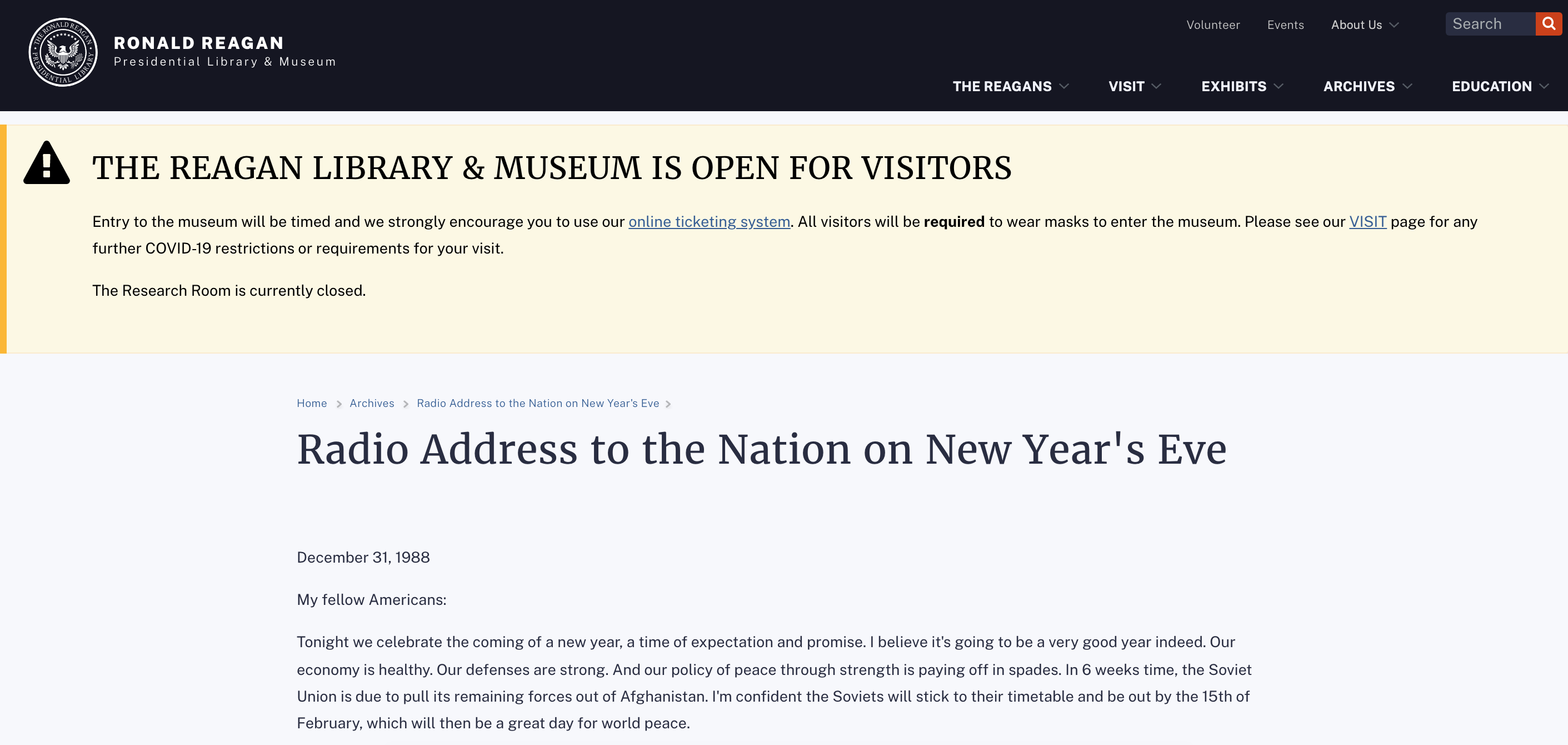
Read the text of Reagan’s full radio address here
Reagan assured his listeners that, “. . . there is not a single major problem facing this country today that cannot be solved when we come together to solve them.” He went on to suggest several resolutions for the nation for the coming year: eliminating the deficit entirely by 1993, maintaining the nation’s defenses, helping the needy, and improving relations with the Soviet Union.
Ford’s Lofty Goals
On the last day of 1975, President Gerald Ford held a press conference, during which he talked about his political aspirations for the coming year. He also offered up his New Year’s resolutions, which were broad and benevolent.
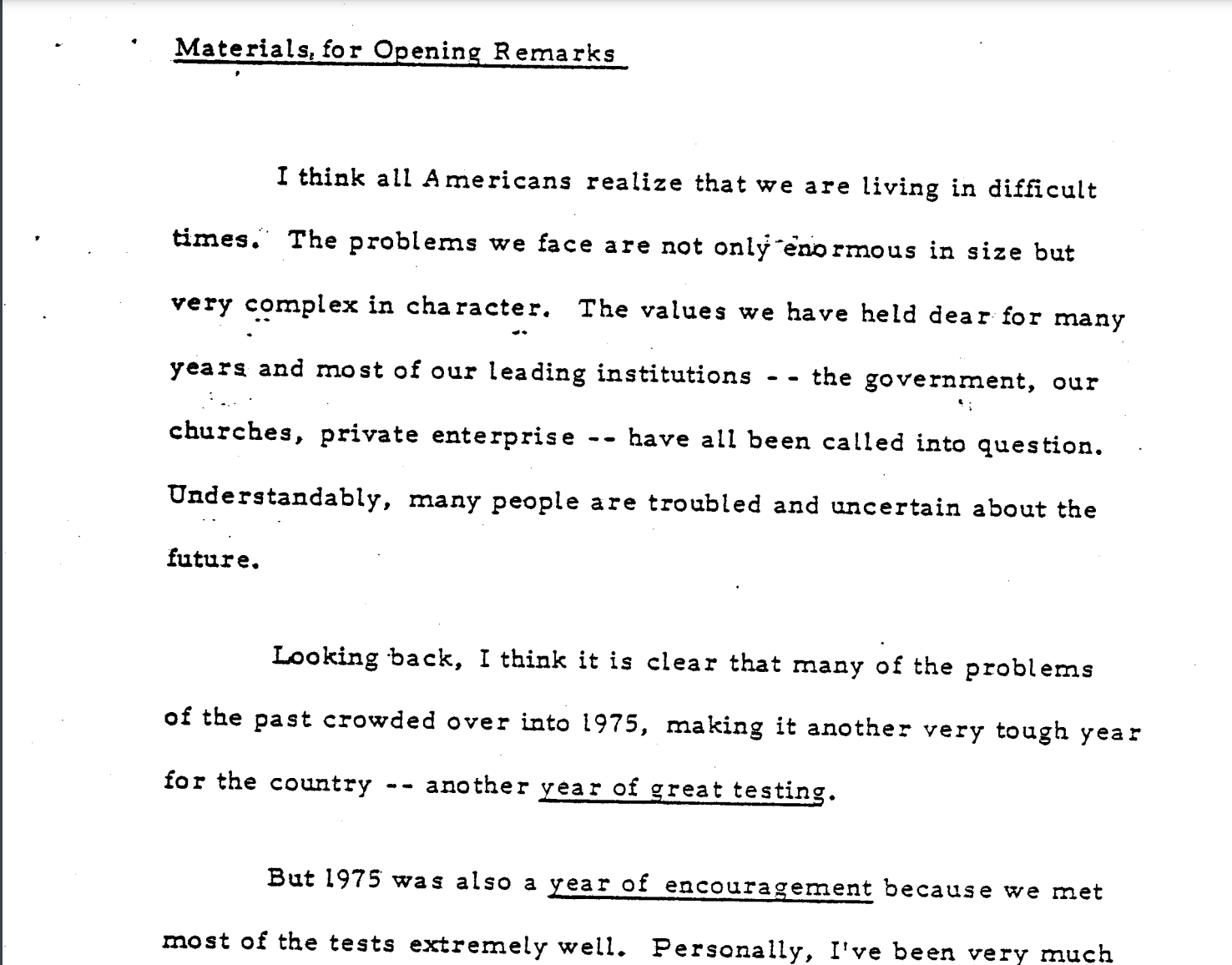
Read a transcript of Ford’s resolutions from the Ford Library here
“Let me just summarize, if I can, my New Year’s resolutions so you won’t have to ask the question,” Ford said, as his audience laughed. “I am going to make this New Year’s resolution a dedication to the strengthening of spiritual and moral values among 215 million people, and I noticed yesterday we passed 215 million people, according to the Bureau of the Census. I am going to resolve that we do everything possible to improve the economic circumstances, not only of ourselves, that being our prime concern, but the economic well-being of people throughout the world, because I think that contributes to stability, not only at home, but worldwide. I, of course, will resolve that we have peace with ourselves in this country, but peace with the world as a whole.”

Civics Corner: Congressional Resolutions
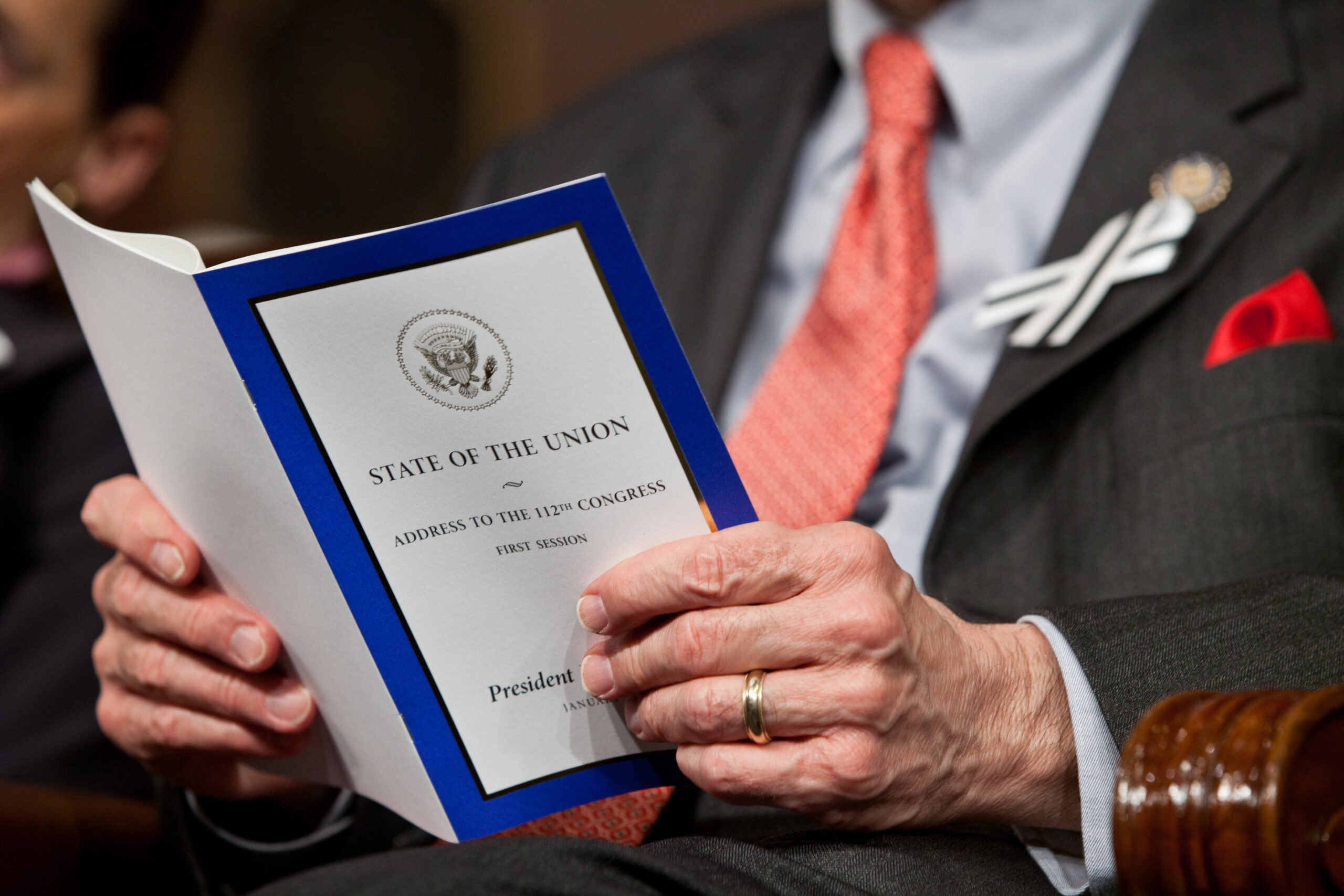
A Member of Congress Reads President Barack Obama’s State of the Union Address
National Archives Identifier: 157649398
The two houses of Congress make resolutions regularly, not just on New Year’s Day. There are several different kinds of congressional resolutions. Concurrent resolutions are passed by both houses, are not sent to the president, and do not have the force of law. For example, a concurrent resolution is passed to call for a joint session of Congress for the President’s State of the Union Address.
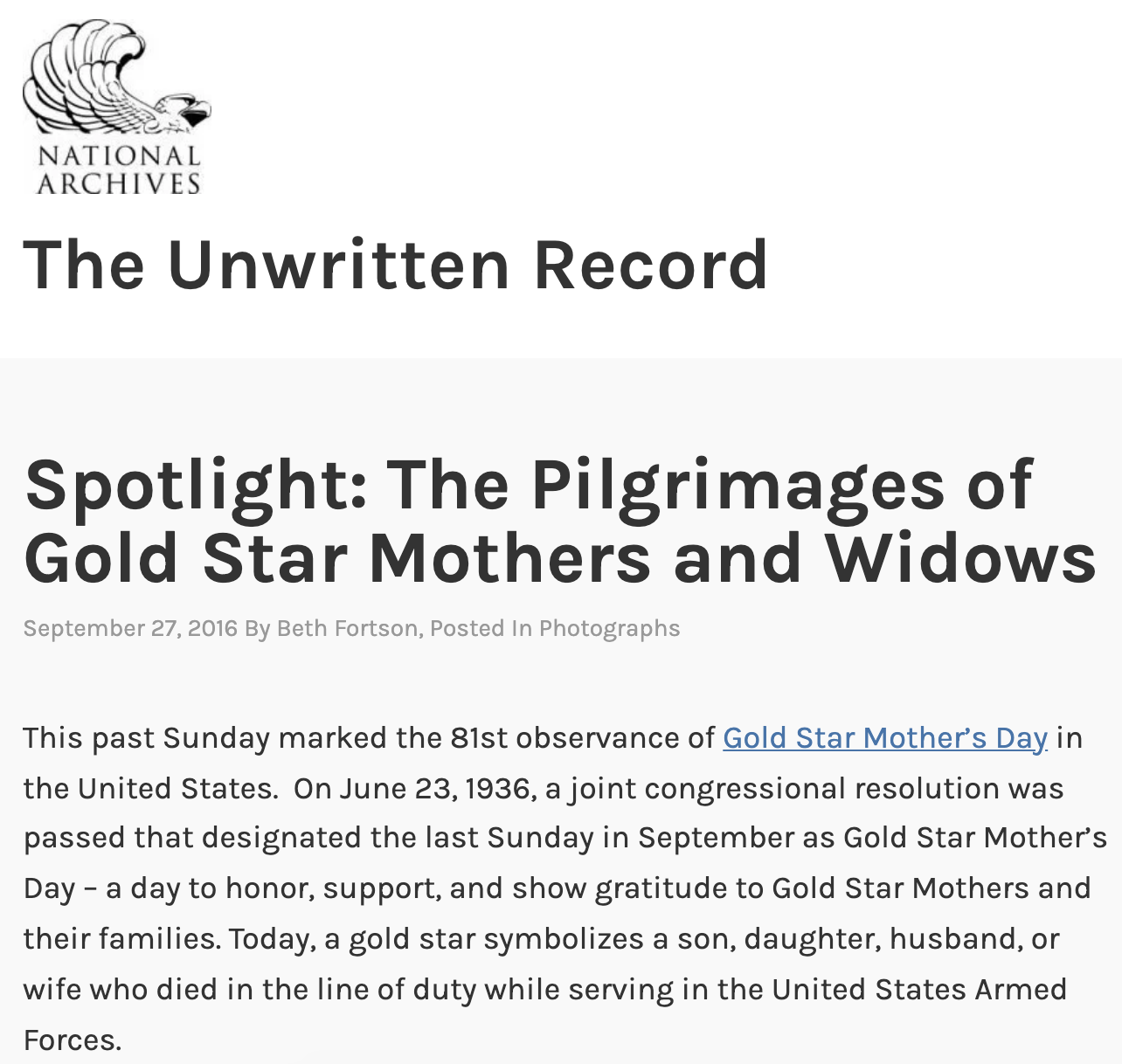
Read The Pilgrimages of Gold Star Mothers and Widows
Source: NARA’s The Unwritten Record blog
A joint resolution is passed by both houses and sent to the president for signing into law. [joint resolution designating the last Sunday in September as Gold Star Mother’s Day.]
Simple resolutions are passed by only one house and do not have the force of law. They can, for instance, establish new rules for procedures in one of the houses of Congress.
We hear a lot in the news about continuing resolutions, which are appropriations legislation that sets aside funds for specific purposes, such as funding the operations of the federal government. Continuing resolutions are passed to keep the government from shutting down for lack of funding.
Drawn-out New Year

Democratic New Year’s Eve Cheer
National Archives Identifier: 1692375

The New Year’s Eve
National Archives Identifier: 6012005
New Year’s Day marks new beginnings. In the 1930 congressional elections, the Republican party held onto a slim majority in both houses of Congress, but deaths and vacancies were filled by special elections that resulted in Democrats securing majorities. Political cartoonist Clifford Berryman depicted the Democratic mascot comforting the Republican elephant over this turn of events as the new year began.
And if you fail to keep your resolutions, don’t feel alone! Sometimes, we can’t even find the ones we made last year!
